Question:1
Driving at dark with the high beam turned on might:
Category : Safety
Question:2
How would you behave on the road ahead?
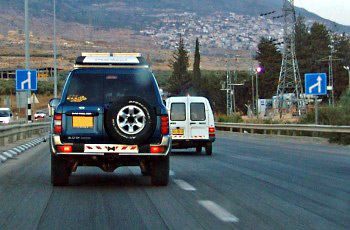
Category : Safety
Question:3
The following picture contains several road elements. How should a driver respond when approaching these elements?
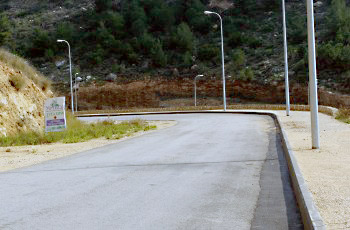
Category : Safety
Question:4
The wind resistance that a driving vehicle faces affects:
Category : Safety
Question:5
“Alcohol slows down the driver’s ability to respond”: Correct or incorrect?
Category : Safety
Question:6
How do dirty mirrors affect vehicle safety?
Category : Safety
Question:7
What is the proven and recommended method for keeping proper distance from the vehicle driving in front of us?
Category : Safety
Question:8
Is there a connection between the driver’s judgment and the use of drugs and alcohol?
Category : Safety
Question:9
What is the distance we are required to keep from the vehicle in front of us while driving?
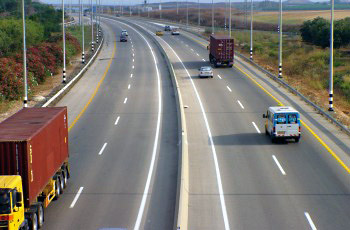
Category : Safety
Question:10
When driving in reverse:
Category : Safety
Question:11
What is the order of actions the driver needs to take before slowing down?
Category : Safety
Question:12
How is a driver supposed to deal with a situation in which pedestrians are crossing his driving lane on a crossing whilst he is making a right turn?
Category : Safety
Question:13
What is the main risk of driving in reverse?
Category : Safety
Question:14
What is the effect of driving at a high speed during an accident?
Category : Safety
Question:15
At what speed are we required to drive in reverse?
Category : Safety
Question:16
What is the required conduct of a driver that exits a dirt road and intends to enter a paved road?
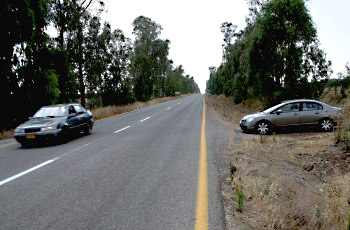
Category : Safety
Question:17
It is prohibited to drive too close to the vehicle in front of you:
Category : Safety
Question:18
How can we moderate a situation in which our vehicle skids on the road?
Category : Safety
Question:19
How are you required to conduct yourself according to the situation depicted in the following picture?
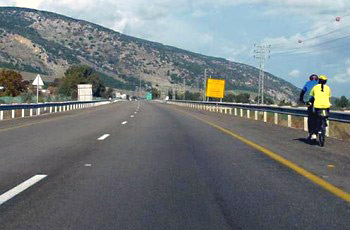
Category : Safety
Question:20
From which side should a driver approach his vehicle before entering it?
Category : Safety
Question:21
You step on the brake pedal and feel that the service brake (foot brake) is not working. What will you do?
Category : Safety
Question:22
When is there a danger of vehicle skidding?
Category : Safety
Question:23
What is the order of actions to be taken in order to stop or park?
Category : Safety
Question:24
In your opinion, is the truck positioned correctly within the curve?
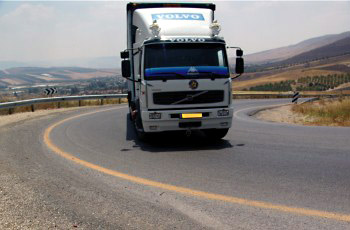
Category : Safety
Question:25
What are the characteristics of a mountain road?
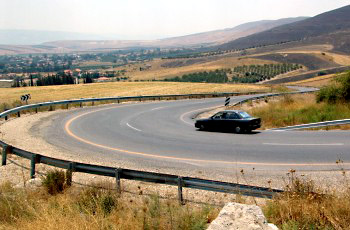
Category : Safety
Question:26
According to the picture, how should drivers before the traffic light behave?
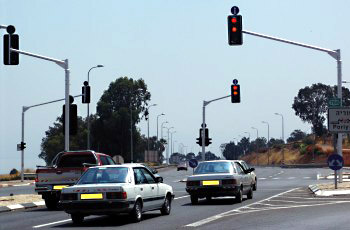
Category : Safety
Question:27
What are the components of the stopping distance?
Category : Safety
Question:28
What are the “blind spots”?
Category : Safety
Question:29
How can you reduce the effect of being blinded by a vehicle approaching from your opposite direction?
Category : Safety
Question:30
How will a dirty front lamp influence night driving?
Category : Safety

